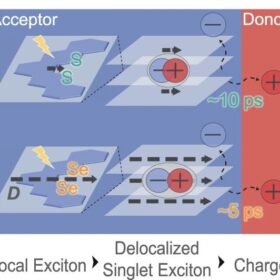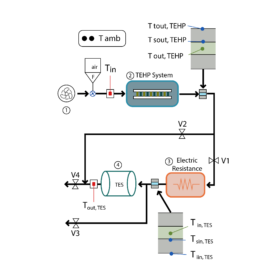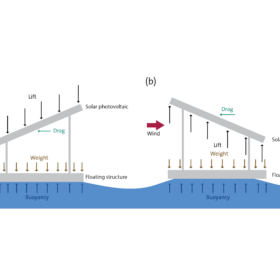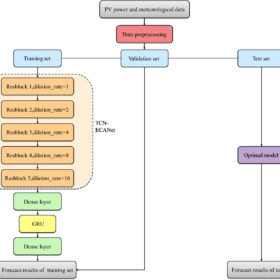Thermoelectric heat-pump boosters can increase supply-water temperature in district heating by 10 C
A Slovenian research group has proposed using a heat pump booster instead of vapor compression technologies in low-temperature district-heating substations and has found that this combination may raise the supply-water temperature from around 32 C to 42 C. In the proposed system configuration ten single-stage Peltier modules were used, each with a maximum cooling power of 165 W and a maximum electric power of 289.2 W.
Testing zeotropic fluids in high-temperature heat pumps
A German-Nigerian research group simulated the usage of mixtures of zeotropic fluids with varying boiling or condensing temperatures in industrial heat pumps. The best results were obtained with a mixture of cyclohexane and cyclopropane.
Growatt launches new balcony storage solution
The new product combines the NEO 800TL-X Microinverter and the NOAH 2000 Battery. Up to four batteries can be stacked, for up to 8,192 Wh of storage capacity.
Non-fullerene organic solar cell with selenium acceptor achieves 19% efficiency
Researchers in China have designed an organic solar cell the uses an acceptor based on selenium as an alternative to commonly utilized non-fullerene acceptors. The new acceptor enabled the cell to have reduced non-radiative recombination loss and improved dielectric constant.
Improving performance ratio of PV systems via shading effect
Researchers in Indonesia have investigated how shading effects may influence the performance ratio of a PV system. Their analysis also considered payback period and return on investment.
Spanish scientists develop thermoelectric heat pump for thermal energy storage
A Spanish research group has investigated how thermoelectric heat pumps may be used as power-to-heat technology to increase temperatures in thermal energy storage systems. It found the proposed system configuration may achieve an overall efficiency of 112.6% at at 135 C.
Assessing wind sensitivity of offshore floating solar
Researchers in China have conducted a numerical study on the wind sensitivity of offshore floating solar plants. They have tested six row-arrangements of panels and have found an optimal system configuration that is reportedly less sensitive to wind direction.
PV-driven green hydrogen may be sold in Australia at $2/kg by 2030
Australian researchers have calculated the levelised cost of green hydrogen under different installed capex scenarios for 2030. They also looked into the different possible sizing of PEM electrolyzers.
New machine learning tech for short-term PV power generation forecasting
Researchers in China have applied a machine learning technology based on temporal convolutional networks in PV power forecasting for the first time. The new model reportedly outperforms similar models during all seasons.
Israel hits 51% renewable production for first time
The Israeli government said that earlier this month, for several minutes, renewable energy accounted for most of the nation’s energy production. In particular, solar covered 45% of total generation.










